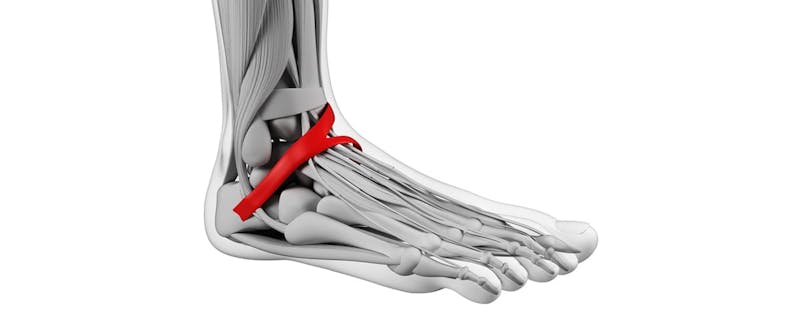Schedule a Consultation
Contact Us


Sometimes resulting in limited motion and pain in one or both feet, a tarsal coalition is an abnormal connection between the tarsal bones, located in the back of the foot. The condition, which can involve bones, cartilage, or tissue, may require further evaluation from a podiatrist to determine an effective way to correct the deformity, relieve your pain, and restore your flexibility.
What Causes a Tarsal Coalition?
Affecting one out of every 100 people, a tarsal coalition is often present at birth but usually does not cause a problem until later in life, since children have softer tissue that’s highly flexible and less susceptible to pain. The deformity is caused by a gene mutation that changes how bones and tissues form and develop.
Signs of a Tarsal Coalition
Symptoms associated with a tarsal coalition deformity don’t usually appear until adolescence if it’s present at birth. Before the condition is confirmed with an X-ray or CT scan, signs or symptoms indicating a tarsal coalition may include:
How a Tarsal Coalition is Treated
A few weeks of rest, modifying or taking a break from activities that place increased pressure on the feet, orthotics such as arch supports and shoe inserts, a temporary cast or boot, and steroid injections are some of the non-surgical treatments often recommended to ease the pain associated with a tarsal coalition. Treatment depends on the extent of the deformity.
When Surgery Becomes an Option
If symptoms are severe and not responding to conservative or non-surgical treatments, surgery may be recommended to correct the foot deformity. If surgery is suggested, it’s usually in the form of a replacement of the deformed muscles or tissues with fatty tissue from another part of the body or a fusion when bones of the foot are involved to limit movement in the affected area.
A podiatrist is likely to recommend non-surgical treatment options for several months to see how a patient responds when symptoms of a tarsal coalition are present. In some cases, a patient may have the condition and never realize it when little or no discomfort is caused by the actual deformity.